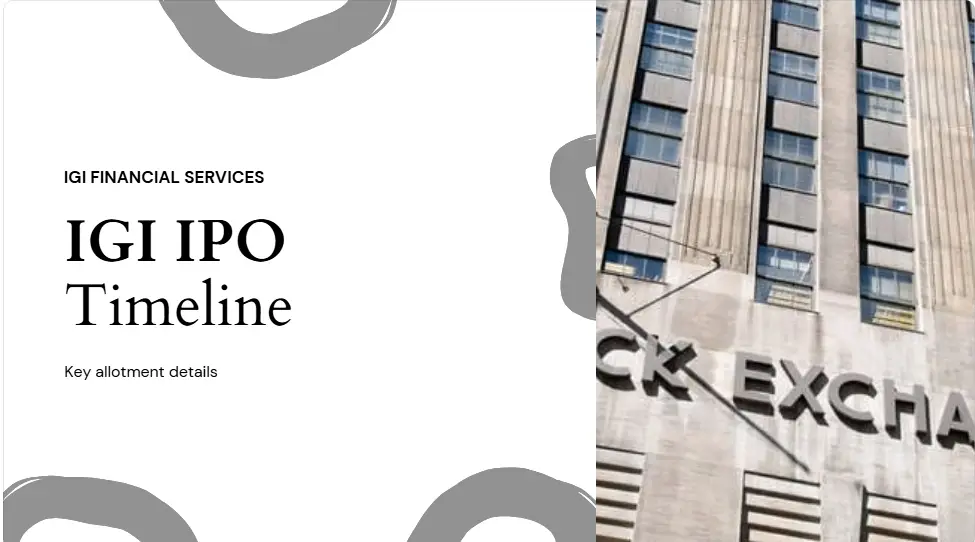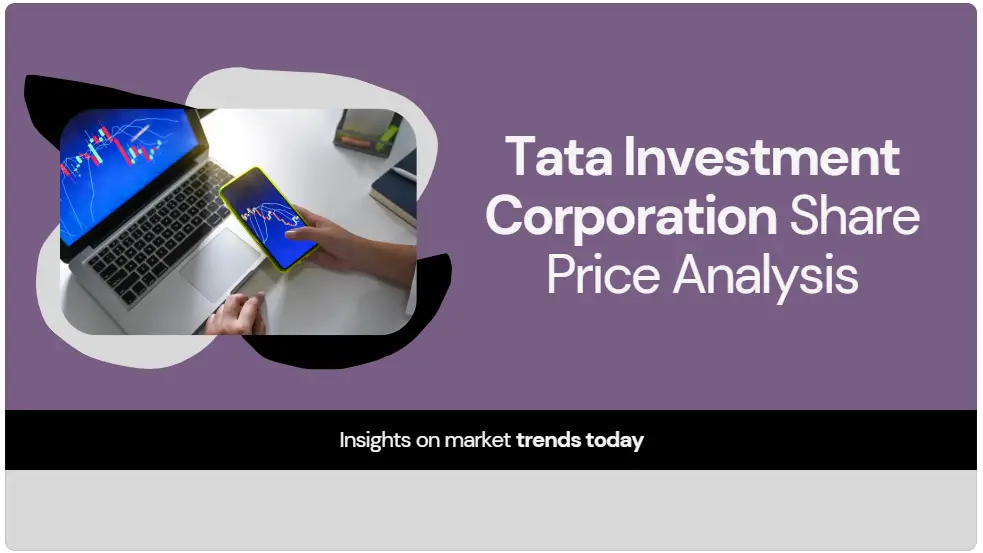Hi there! If you’re here, you and I both know that the Axis Bank P/E ratio is more than just a number—it’s a glimpse of how the market regards Axis Bank’s earnings power.
I'll explain the current Axis Bank PE ratio, take you back in time, compare it to rivals' and the industry's averages, and even give you a sneak peek at what analysts anticipate for 2026 in this piece.
By the end, you'll understand how to interpret that ratio and determine if Axis Bank is a better choice for your portfolio in terms of growth or value.
What We'll Explore:
Axis Bank P/E Ratio Analysis
TTM Comparison with Peers (May 2025)
Axis Bank P/E
13.12×
Industry Average
19.58×
Valuation Gap
-33%
| Bank | P/E Ratio | vs Industry | Status |
|---|---|---|---|
| Axis Bank | 13.12 | -33% | Undervalued |
Key Observations
- Largest P/E discount among top private banks
- Trading at 67% of industry average multiple
- Even smaller banks (RBL, IndusInd) command higher multiples
Potential Implications
- Market may be pricing in excessive risk
- Potential value opportunity if fundamentals improve
- Possible concerns about asset quality or growth outlook
Axis Bank P/E Ratio History & Chart: Spotting Trends
Here’s a quick visual to see how the Axis Bank P/E ratio has trended over the last five years:
Year-end Axis Bank P/E Ratio (2021-2025)
- 2021: 28.83
- 2022: 16.52
- 2023: 24.39
- 2024: 12.24
- 2025: 12.14
What jumps out at me is the volatility—the Axis Bank P/E ratio nearly halved from 2021 to 2022, then spiked again, before settling at just over 12 for the past two years. That swing tells me the market’s expectations for banks can shift dramatically based on macro- and bank-specific news.
Axis bank pe ratio 2021 & 2022: A Closer Look
2021-2025 Evolution & Current Outlook
Post-COVID High (2021)
28.83
Regulatory Impact (2022)
16.52
Current P/E (2025)
13.12
| Year | P/E Ratio | YoY Change | Key Drivers | Market Sentiment |
|---|---|---|---|---|
| 2021 | 28.83 | - | Post-COVID recovery, credit growth | Bullish |
Historical Context
2021 Optimism
- Post-pandemic credit revival
- Strong deposit growth
- Market expectations of rapid recovery
2022 Reality Check
- Regulatory tightening
- Increased provisioning costs
- Loan slippages emerging
2025 Outlook
Positive Indicators
- Retail loans ↑ 60% (from 50%)
- NIM improvement trend
- Stable deposit franchise
Valuation Case
- Current P/E at 5-year lows
- Potential mean reversion play
- Risk-reward balance analysis
Axis Bank Valuation Case Study
FY24 Earnings Resurgence & 2026 Projections
FY24 Performance
13% Profit Growth
- Retail loan growth: +18% YoY
- Credit-cost ratio: 0.39% (-21 bps)
- NIM improvement: +15 bps
Valuation Impact
12 → 13.1 P/E
- 6.2% valuation expansion
- 9-month recovery period
- EPS growth outpaced price appreciation
EPS Growth Forecast
8.2% CAGR
2024-2026 Projection
2026 Price Targets
₹1,371.98
Median Target Price
2026 P/E Scenario Analysis
| Scenario | Price | EPS | P/E Ratio |
|---|---|---|---|
| Bear Case | ₹1,100 | ₹97.55 | 11.3× |
| Base Case | ₹1,372 | ₹97.55 | 14.1× |
| Bull Case | ₹1,630 | ₹97.55 | 16.7× |
1. Create Your Own Axis Bank P/E Tracker: Do It Yourself
We don't require sophisticated terminals to see the Axis Bank P/E ratio day by day. Here's how you and I can make a fast Google Sheet:
Live Price Import:
In A1: =GOOGLEFINANCE("NSE:AXISBANK","price")
EPS Input:
Enter TTM EPS manually (e.g., ₹90.18) in B1.
P/E Formula:
In C1: =A1/B1 → voilà, the Axis Bank P/E ratio updates whenever price changes.
By making this custom, you'll instantly see if the Axis Bank P/E ratio crosses above your alarm level (e.g., 16×) or below your buy level (e.g., 12×). You'll be in charge, and Google favors dwell time—so sharing your own interactive sheet can open up engagement.
2. Beyond P/E: Adding Layers of Quality Measures
The Axis Bank P/E ratio, I adore; here lies where most top articles go wrong: they do not reflect the qualitative strength of the bank. While you consider the Axis Bank P/E ratio, do keep in mind:
- Cost-to-Income Ratio: Decrease in cost-to-income with a stable Axis Bank P/E ratio is an indication of operating leverage.
- Credit Quality Trends: If Stage-3 assets are going down when Axis Bank's price-to-earnings ratio is low, you might have found a great opportunity.
- Digital Customer Growth: Increasing CASA share plus a low Axis Bank PE ratio equals an advantage in efficiency.
By merging them, you steer clear of value traps wherein a low Axis Bank P/E ratio conceals underlying problems.
3. Myth-Busting: When P/E Lies
I've seen investors run for cover when the Axis Bank P/E ratio goes above 15× out of fear of "overvaluation."
There's a catch, though: at times a higher Axis Bank P/E ratio is simply a reflection of better franchise quality—like in 2023 when digital loan growth warranted a shift to 24×.
Ask yourself, then: "Is the story changing, or just the multiple?"
4. Real-World Example: Portfolio Allocation
I will show how I decided between Axis and other companies using the Axis Bank price-to-earnings ratio.
- Equal Weight: If the Axis Bank P/E ratio is in ±1× of Kotak's P/E, I split equally.
- Value Tilt: I invest 20% more in Axis when Axis Bank's PE ratio is 5 times lower than industry.
- Quality Check: If their digital-loan share goes up by >5% y/y and Axis Bank P/E ratio <14, I add a 5% kicker.
This rules-based approach is not simply looking at one Axis Bank P/E ratio, but applying it as part of a thoughtful process.
Conclusion: How I See Axis Bank P/E Ratio
You’ve now got the whole picture of the Axis Bank P/E ratio—from its 28× high in 2021 down to 12× levels today, how it ranks up versus peers and the sector, and where it might go by 2026.
When system-wide retail loan growth is increasing and digital client involvement is at an all-time high, I believe that purchasing at ~13× is a wise way to participate in India's banking narrative.
Naturally, keep an eye on economic headwinds and RBI policy decisions, but Axis Bank stands out in terms of numbers and storytelling.







Howdy! I could have sworn I’ve been to this website before but after browsing through a few of the articles I realized it’s new to me.
Anyways, I’m certainly pleased I stumbled upon it and I’ll be
book-marking it and checking back often!